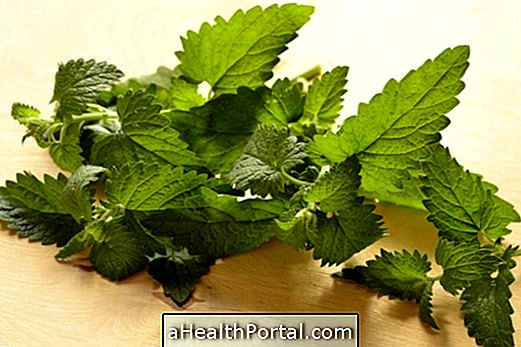Training in the cold increases the amount of calories burned during exercise, especially because the body needs to increase its rate of metabolism to keep the body warm. In fact, the onset of cold tremors can increase up to 5 times the energy expenditure by the body, contributing to an extra expenditure of calories.
In addition, cold weather also helps you train more intensively and maintain the exercise longer, as the body does not reach as high a temperature as in summer, for example, and therefore fatigue appears more slowly, allowing that burn calories for longer.
However, cold weather can also lead to weight gain, but this is related to the type of food ingested, which normally contain higher amounts of fats and carbohydrates, which help the body to stay warm, not being related to the number of calories spent during exercise.

How to Increase Calorie Burning
Although cold training helps to burn off some extra calories, that number is often not enough to make a big difference in the weight loss process.
So to potentiate weight loss in the cold it is important to help the body activate the brown fat burning, the type of fat that helps the body to stay warm and which can increase between 400 and 500 calories the total of calories spent during exercise. To do this, before starting the training you should:
- Jump rope as fast as possible for 1 minute;
- Rest for 30 seconds;
- Repeat the previous two steps for 10 to 20 minutes.
In addition, it is recommended to avoid making a diet with many fatty foods or with many carbohydrates that is more common in winter because it helps the body to have energy to warm up. Here's an example of a fast and healthy diet menu.
5 Benefits of Cold Training
In addition to being able to help you lose weight, winter training also brings other health benefits such as:
1. Strengthens the immune system
Repeated and frequent exposure to cold, in addition to accustoming the body to low temperatures, also helps to increase the activity of the immune system, and can reduce the risk of having common diseases such as influenza or cold.
In addition, when training abroad, you also avoid crowded places such as gyms or sports centers, reducing the chances of catching a virus or bacteria.
2. Prevents heart disease
When training in the cold, the heart needs to pump blood faster to get the whole body warm, so there is an increase in blood circulation that helps reduce blood pressure and clean arteries, avoiding cardiovascular diseases like hypertension, stroke and even infarction.
3. Improve lung function
Breathing during cold workouts may be a little more difficult due to the temperature difference, however, this change helps the body and lung train to use oxygen more efficiently, improving exercise performance and energy during the day by day.
4. Increases stamina
Training in the cold causes an increase in body effort, especially for the cardiovascular and respiratory system. However, this increase in effort is good for increasing the hardness and strength of the body as long as it is not in excess, creating too much wear and tear.
5. Leaves skin and hair more beautiful
One of the most natural ways to keep your skin beautiful is to use cold water as this helps to close the pores, preventing the appearance of blackheads and excessive oiliness. Training in a cold environment has the same effect as it helps close the pores after training.
In addition, cold also brings benefits to hair strands as it helps improve the health of hair follicles and increase their ability to stay on the scalp, preventing excessive hair loss.
























